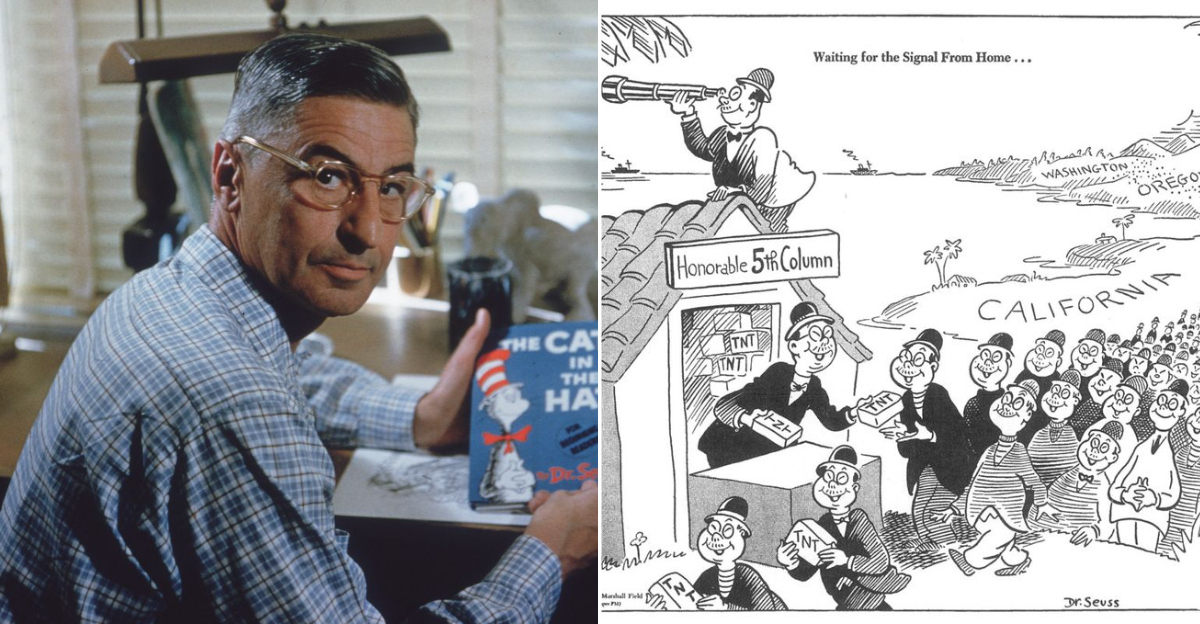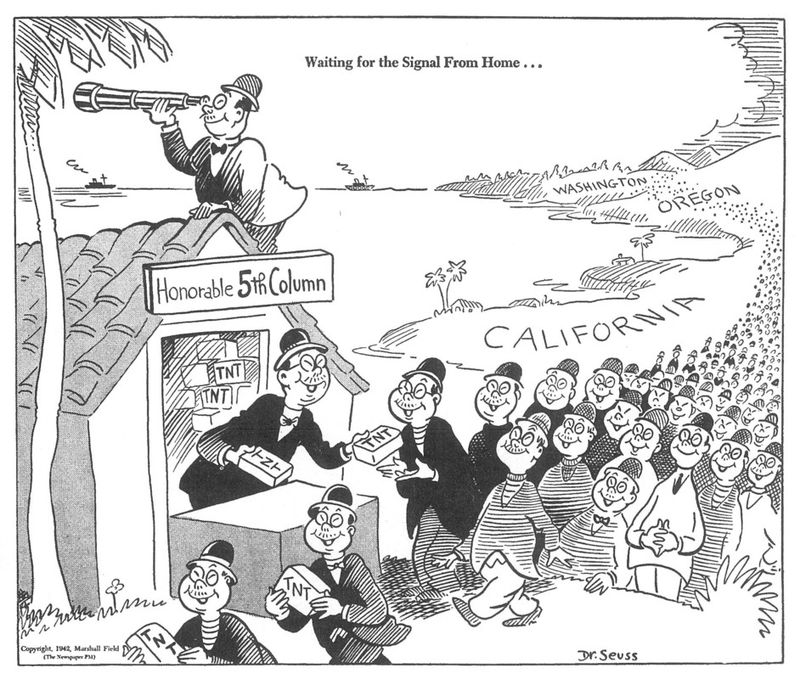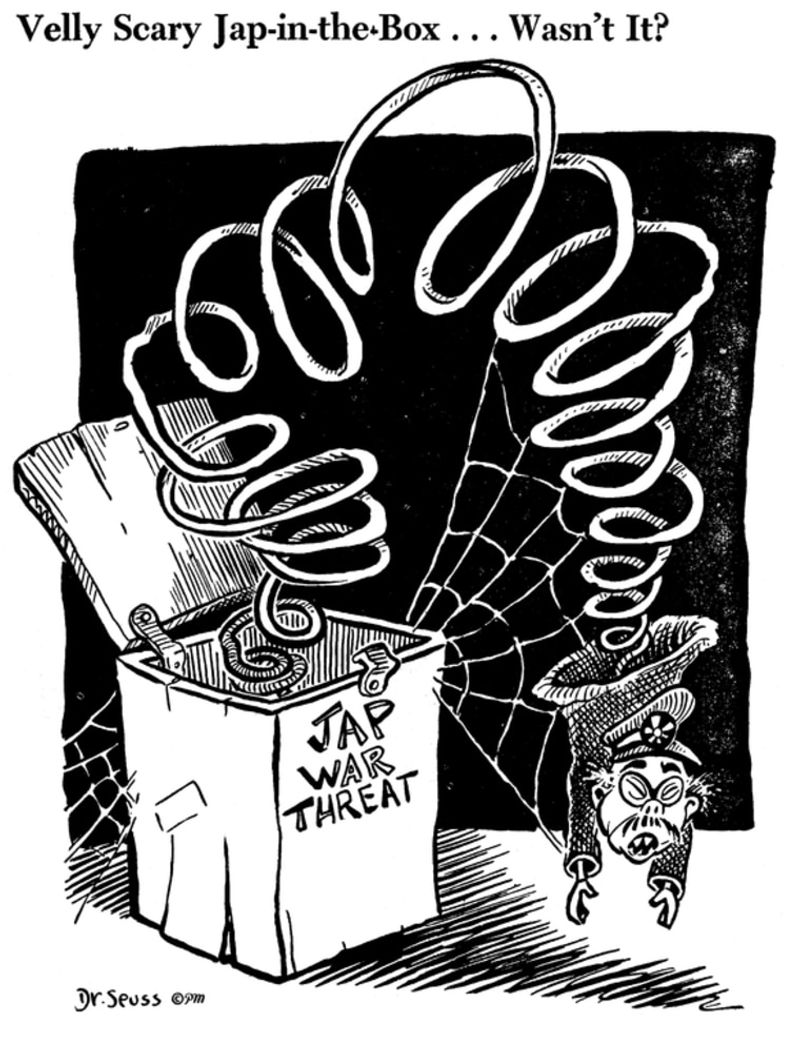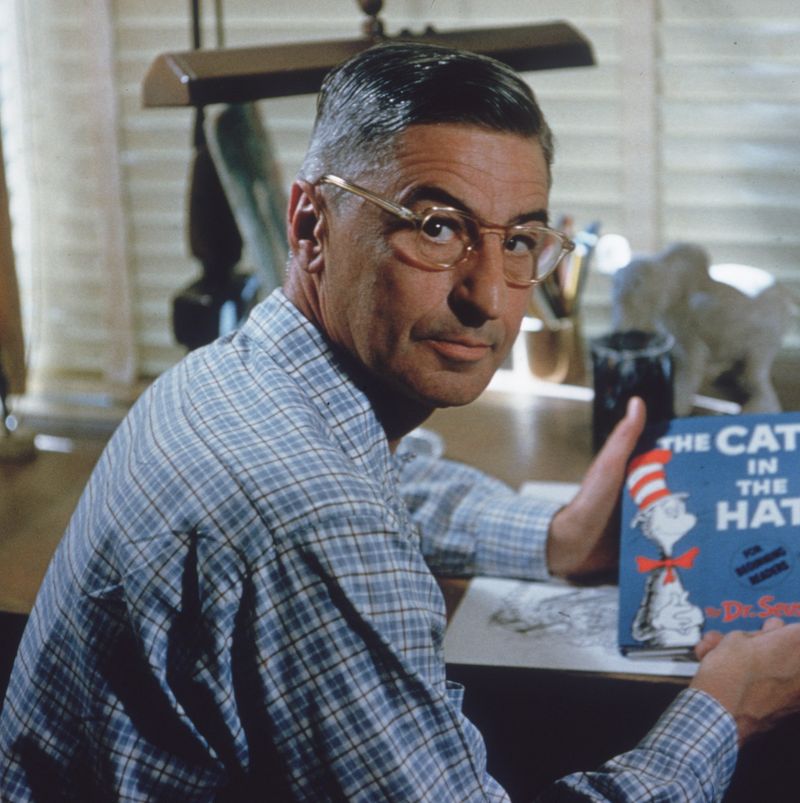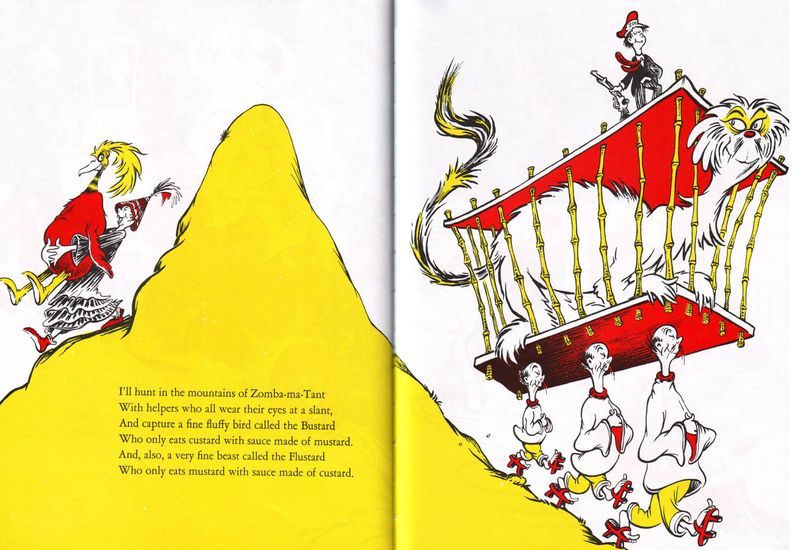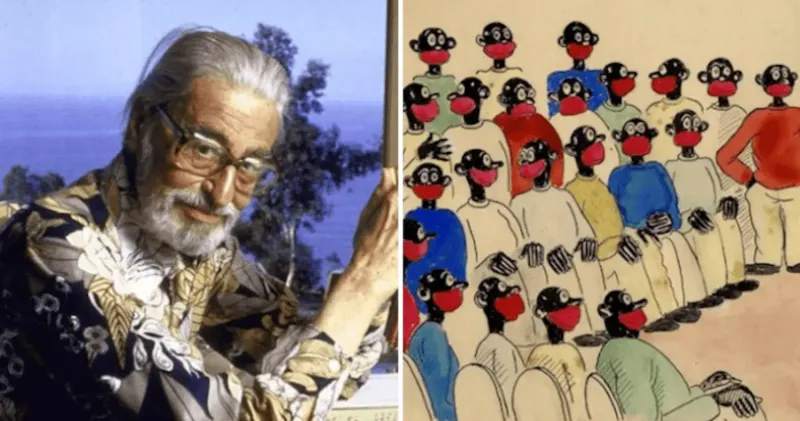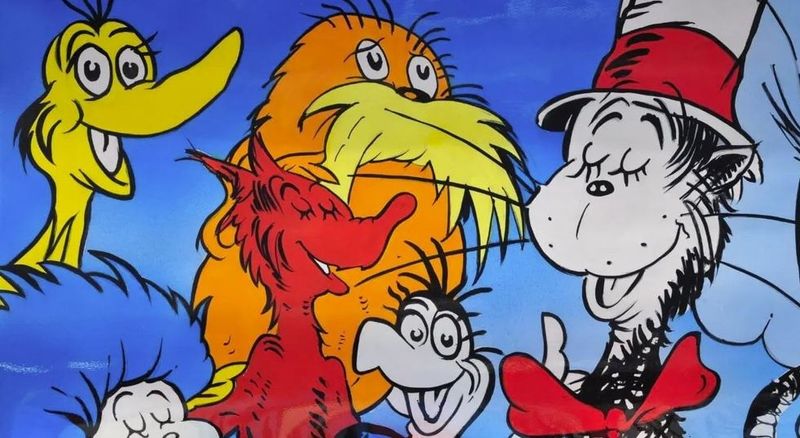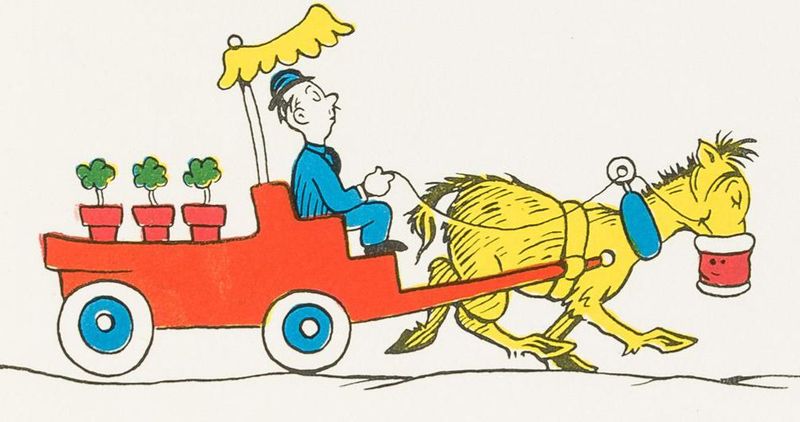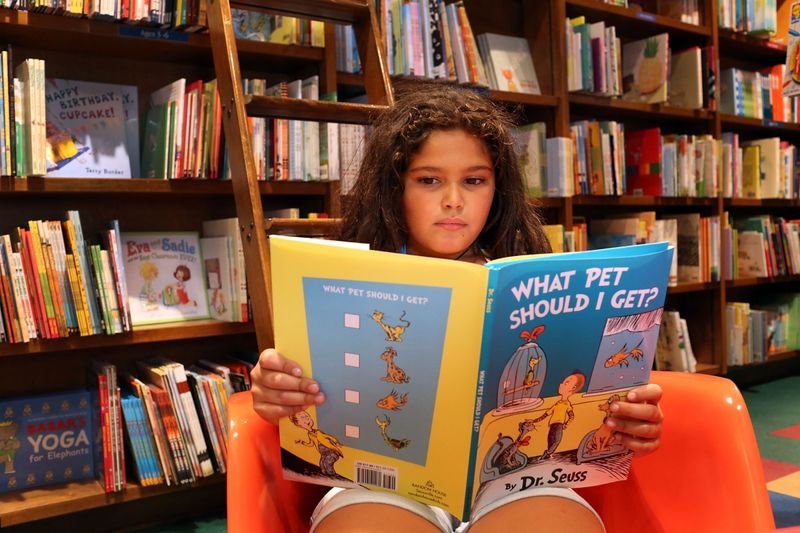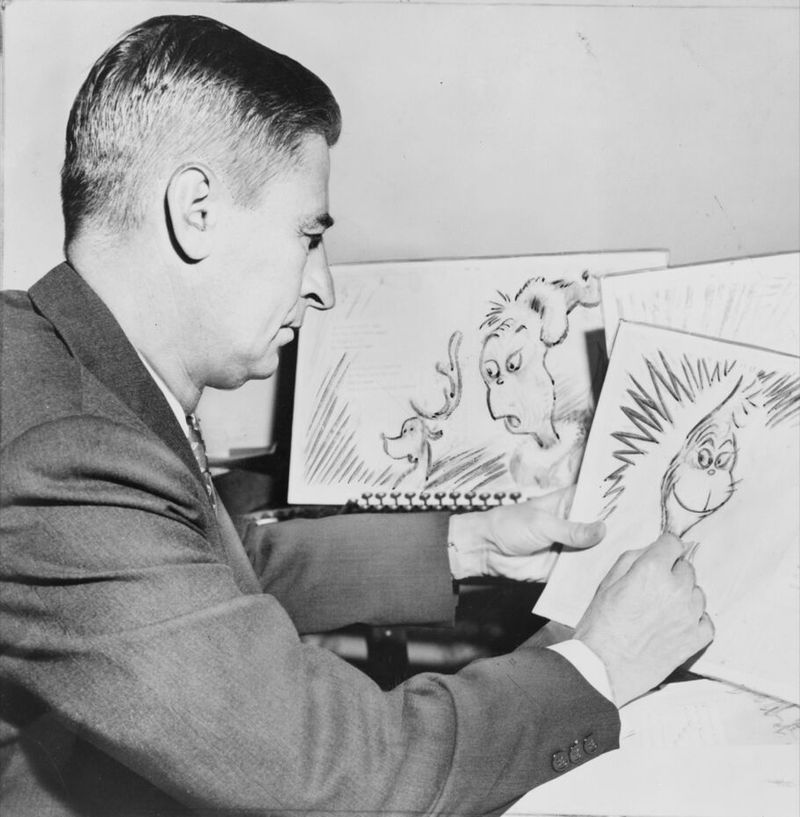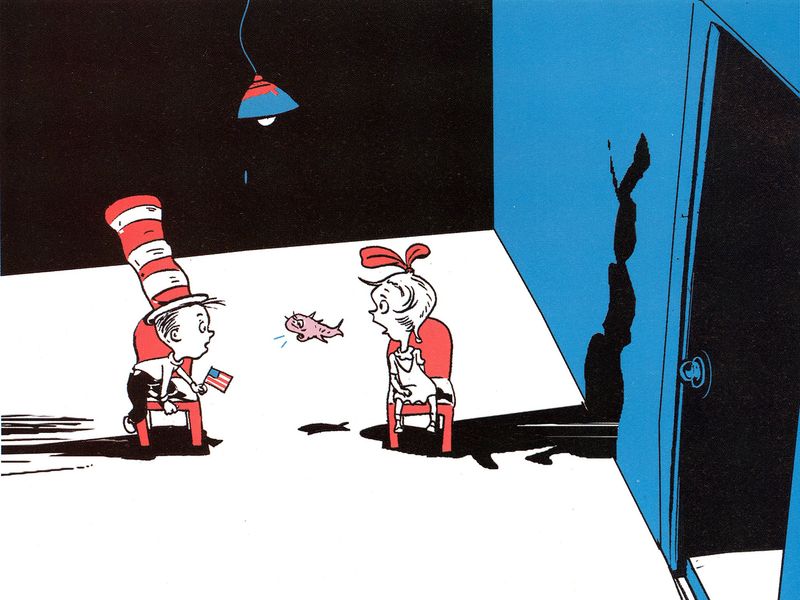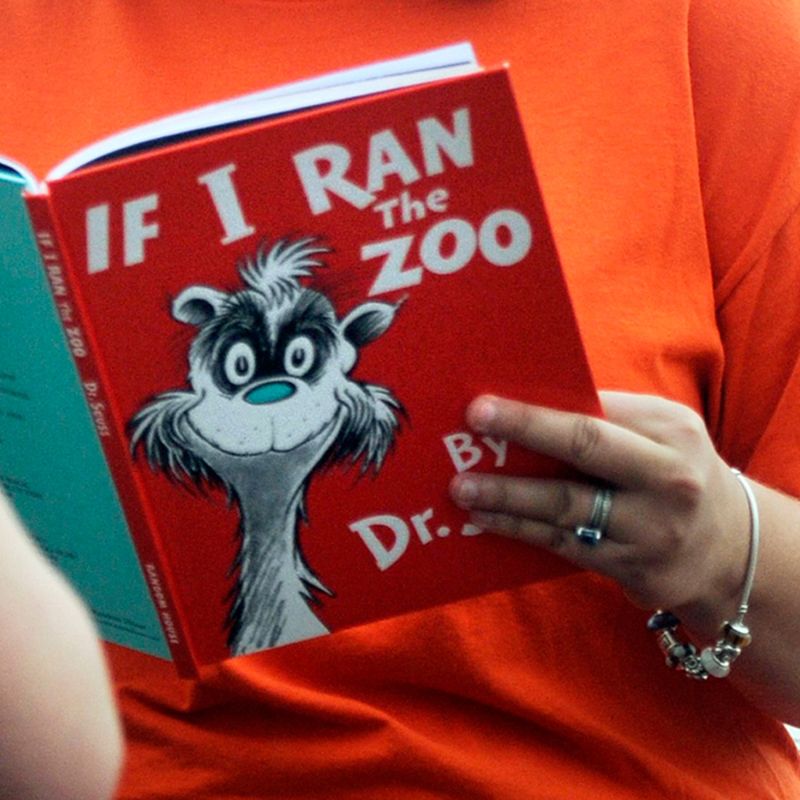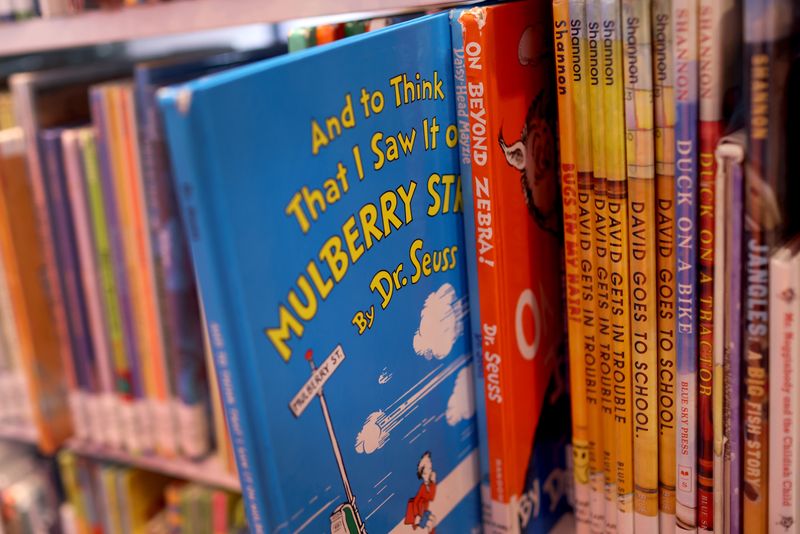Dr. Seuss, born Theodor Seuss Geisel, is celebrated for his whimsical rhymes and imaginative characters. However, beneath the surface of his beloved children’s books lies a complex and, at times, troubling history. Here are 17 unsettling facts that may change how you view his work.
1. Six Books Pulled for Racist Imagery
In 2021, Dr. Seuss Enterprises ceased publishing six books, including ‘And to Think That I Saw It on Mulberry Street’ and ‘If I Ran the Zoo,’ due to racist and insensitive portrayals of non-white characters. The decision stemmed from growing awareness and criticism of these offensive depictions.
The books in question contained illustrations that many found to reinforce harmful stereotypes. This move prompted significant debate about the balance between preserving literary history and addressing modern values of diversity and inclusion. It was a watershed moment in re-evaluating children’s literature.
2. Early Career in Political Cartoons
Before his fame as a children’s author, Geisel created over 400 political cartoons during World War II, some of which contained racist depictions, particularly of Japanese and Japanese-American individuals. This early work was part of the wartime propaganda of the era.
Geisel’s cartoons often depicted Japanese people with exaggerated, stereotypical features, reflecting the widespread xenophobia and racism of that time. As an influential cultural figure, his cartoons contributed to these harmful portrayals, adding complexity to his legacy as an author known primarily for joy and creativity.
3. Anti-Japanese Sentiments
Geisel’s wartime cartoons often portrayed Japanese people with exaggerated, stereotypical features, reflecting and perpetuating the era’s prevalent racism. These depictions were part of a broader pattern of anti-Japanese sentiment during the war.
This aspect of Geisel’s career adds a layer of controversy to his legacy, as these images contrast sharply with the messages of tolerance and understanding found in his later work. They serve as reminders of how societal influences can shape creative output, even among those we revere for their progressive messages.
4. Reevaluation of His Legacy
Scholars and critics have increasingly scrutinized Geisel’s work, highlighting instances of racial insensitivity and prompting discussions about the appropriateness of his books in modern contexts. This reevaluation is part of a broader trend in literature.
The discussions often focus on whether or not the problematic aspects of his work overshadow the positive messages found in his other stories. The result has been a nuanced conversation about the intersection of historical context and current cultural standards, leading some to question how his books should be used today.
5. Controversial Depictions in Children’s Books
Some of Geisel’s children’s books contain illustrations and narratives that reinforce racial stereotypes, raising concerns about their impact on young readers. These depictions can subtly influence perceptions of different cultures.
Critics argue that such illustrations perpetuate outdated and offensive stereotypes, making it essential to reconsider how these books are presented in educational settings. These concerns highlight the need for culturally sensitive materials that foster inclusivity and understanding, prompting publishers and educators to rethink how these beloved stories fit into modern pedagogy.
6. Use of Stereotypes in Character Design
Characters in certain books are depicted with exaggerated features and attire that align with offensive cultural stereotypes, contributing to a legacy of problematic representations. This artistic choice has sparked considerable debate.
Readers and critics have pointed out how these depictions can alienate and misrepresent the cultures they aim to portray. The conversation around these images has become part of a larger discussion on the responsibility of authors and illustrators to create respectful, accurate representations of diverse communities in literature for young audiences.
7. Influence of Minstrelsy
Research suggests that some of Geisel’s characters, such as the Cat in the Hat, may have been influenced by blackface minstrelsy, a form of entertainment rooted in racist caricature. This connection has fueled further scrutiny.
The influence of minstrelsy on his work highlights how pervasive certain cultural elements can be, even infiltrating children’s literature. This revelation has led to calls for a deeper understanding of racial histories embedded within seemingly innocuous stories, encouraging readers to question the origins and implications of beloved characters.
8. Delayed Recognition of Issues
It wasn’t until decades after publication that many of the problematic aspects of Geisel’s work were widely acknowledged and addressed by publishers and educators. This delay has been a point of contention.
The gradual recognition of issues within his books underscores a broader shift in societal awareness and values. As cultural conversations evolve, literature is reexamined under new lenses, revealing complexities that were previously overlooked. This shift illustrates how historical context can influence the interpretation and acceptance of creative works over time.
9. Impact on Educational Materials
Due to the controversies surrounding his work, some educational institutions have reconsidered the inclusion of Dr. Seuss books in their curricula and reading programs. This shift reflects changing attitudes towards educational material.
Educators face the challenge of balancing classic literature with the need for culturally sensitive content. This review process is part of a broader effort to ensure that educational resources reflect a diverse and inclusive world view, promoting understanding and respect among students from various backgrounds.
10. Commercial Success Amid Controversy
Despite the issues, Geisel’s books have remained commercially successful, highlighting the tension between his literary acclaim and the problematic elements within his work. This commercial success is a testament to his enduring popularity.
The duality of popular demand and critical scrutiny presents a complex landscape for publishers and readers alike. While some argue for the importance of historical context in appreciating his work, others stress the need for accountability and progress in addressing biases, leading to ongoing debates about the role of such literature today.
11. Adaptations and Media Representation
Film and television adaptations of Geisel’s work have sometimes glossed over or omitted the more controversial aspects, leading to a sanitized portrayal of his legacy. This selective representation raises concerns.
Adaptations often focus on the whimsical and enchanting elements, leaving out the more troubling themes found in some original texts. This choice reflects a broader trend in media to prioritize entertainment over complex narratives, inviting discussions about the responsibility of adaptations to remain true to the source material’s full context and implications.
12. Influence on Children’s Perceptions
The stereotypes present in some of Geisel’s books can influence children’s perceptions of different cultures and races, potentially fostering biased viewpoints. These influences underscore the power of children’s literature.
Books play a crucial role in shaping young minds, and the subtle reinforcement of stereotypes can have lasting effects. This understanding has led to a call for more inclusive and respectful narratives in children’s books, encouraging positive representations that celebrate diversity and promote empathy and understanding across cultures.
13. Resistance to Change
Some fans and institutions have resisted calls to reevaluate Geisel’s work, citing tradition and nostalgia, which complicates efforts to address the problematic content. This resistance is part of a larger cultural debate.
The clash between preserving cultural icons and embracing progressive change is evident in the discussions around Dr. Seuss’s legacy. While some view his work as a cornerstone of childhood literature, others argue for the necessity of critical reflection to ensure that stories align with contemporary values of equality and respect.
14. Selective Acknowledgment of Issues
While some of Geisel’s works have been criticized and withdrawn, others with similar issues remain in circulation, raising questions about consistency in addressing problematic content. This inconsistency is a point of critique.
The selective acknowledgment reflects broader challenges in confronting the full scope of contentious elements in literature. As publishers and educators navigate these issues, they face the dilemma of determining which works are salvaged and which are set aside, highlighting the complexities of reconciling artistic merit with ethical considerations in literature.
15. Legacy of Apologies and Revisions
In response to criticism, some editions of Geisel’s books have been revised or include disclaimers, reflecting ongoing efforts to reconcile his legacy with contemporary values. These revisions signify a shift towards accountability.
The introduction of disclaimers and changes demonstrates a commitment to recognizing past missteps while striving to retain the charm and appeal of his stories. This balance between preservation and progress challenges both publishers and audiences to engage with literature in a way that respects history while fostering inclusivity and understanding.
16. Influence on Other Authors
Geisel’s success and style have influenced numerous other children’s authors, some of whom have also faced scrutiny over similar issues in their work. His legacy extends beyond his own books.
The ripple effect of his influence is evident in the themes and artistic choices of many who followed. While his innovative storytelling paved the way for creativity in children’s literature, it also serves as a reminder of the ongoing need for reflection and growth in the portrayal of cultural narratives, encouraging authors to strive for more inclusive storytelling.
17. Ongoing Debates About Censorship
The controversies surrounding Geisel’s work have sparked broader debates about censorship, historical context, and the responsibilities of publishers and educators. These debates are central to cultural discourse.
The tension between preserving artistic freedom and protecting readers from harmful content underscores the complexity of these discussions. As society grapples with these issues, the legacy of Dr. Seuss serves as a focal point for examining how literature can both reflect and shape societal values, prompting ongoing dialogue about the ethics of storytelling.
